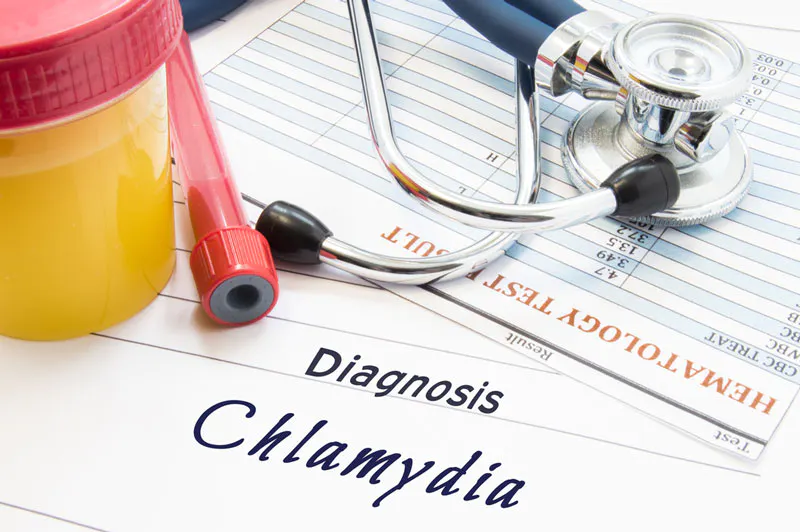How long does Azithromycin take to cure Chlamydia?
Chlamydia, the most common sexually transmitted infection (STI) worldwide, impacts more than 2.9 million people each year. A particularly concerning aspect of this infection is its frequent lack of symptoms, allowing it to damage reproductive organs silently. Without proper treatment, chlamydia can lead to serious complications including infertility and other long-term health issues.
Chlamydia Explained: Key Facts About the Infection
While chlamydia is highly prevalent, it’s fortunately one of the most treatable STIs. However, untreated cases can result in painful consequences like pelvic inflammatory disease, epididymitis in men, and fertility problems in both sexes. The infection is caused by the bacterium Chlamydia trachomatis. Many infected individuals show no obvious symptoms, making regular testing crucial for sexually active people.
The bacteria can infect various body parts including the cervix, urethra, rectum, and occasionally the eyes and throat. Importantly, anyone engaging in sexual activity – regardless of partner count – can contract and spread this infection.

What Causes Chlamydia Infection?
Chlamydia spreads primarily through sexual contact with an infected partner. Among the three main Chlamydia species (Suis, Muridarum, and Trachomatis), Chlamydia Trachomatis is responsible for human infections. These bacteria require a host to survive and spread through bodily fluid exchange. Mother-to-child transmission during childbirth is another possible route of infection.
Identifying Chlamydia Symptoms
Chlamydia often presents no symptoms, making it difficult to detect without testing. When symptoms do occur, they differ between genders. Men might notice unusual penile discharge or painful urination, while women may experience abnormal vaginal discharge, urinary discomfort, abdominal pain, or bleeding between periods.
Many people remain unaware of their infection, allowing it to progress untreated. This can lead to serious complications like epididymitis in men and pelvic inflammatory disease in women, potentially causing permanent fertility damage.

Chlamydia Treatment Options
Prompt treatment of chlamydia is essential to prevent serious health consequences for both patients and their partners. Effective antibiotics include Azithromycin, Doxycycline, Erythromycin, and others. While treatment is straightforward, prevention through safe sex practices is ideal.
Complete abstinence is the only guaranteed prevention method, but consistent condom use significantly reduces risk. Regular STI testing is strongly recommended for sexually active individuals to enable early detection and treatment.
Azithromycin Treatment Duration for Chlamydia
The standard Azithromycin treatment for chlamydia typically lasts 7 to 10 days.

Proper Azithromycin Usage
Always follow your healthcare provider’s instructions when taking Azithromycin. Take the medication with water and food to minimize stomach upset and improve absorption. Maintain the prescribed dosing schedule and avoid antacids (like Tums or Maalox) within two hours of taking the medication.
Never share your prescription, as other medications may interact negatively with Azithromycin.
Potential Azithromycin Side Effects
Like all medications, Azithromycin may cause side effects in some individuals, including nausea, diarrhea, dizziness, stomach discomfort, or yeast infections. Not everyone will experience these effects.
Always consult your doctor before beginning any chlamydia treatment regimen.
References:
https://www.drugs.com/medical-answers/azithromycin-chlamydia-cure-2922440/







